Common Weeds in Texas and How to Control Them
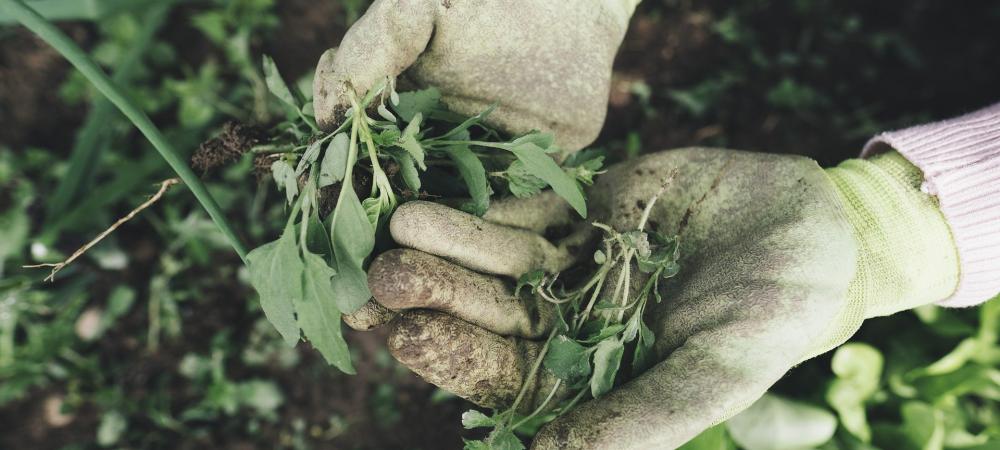
When maintaining a beautiful lawn in Texas, common weeds can be a persistent issue. The hot climate, combined with varying soil conditions across the state, provides an ideal environment for many invasive plant species. Understanding which weeds are most likely to affect your lawn and how to control them is key to keeping your grass lush and healthy. Here's a breakdown of some of the most common lawn weeds in Texas and tips for managing them.
Crabgrass
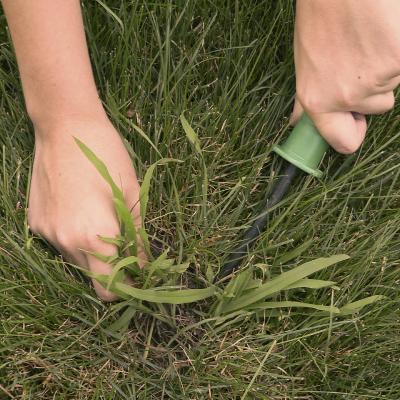
Crabgrass thrives in warm, sunny areas, making it a frequent problem in Texas. This fast-growing annual weed can quickly take over thin or weakened patches of your lawn. It spreads through seeds and produces flat, low-growing blades that blend with your grass, making it hard to detect at first.
- Control Tip: Apply a pre-emergent herbicide in early spring before crabgrass seeds germinate. Consistent mowing and proper watering can also prevent it from taking hold.
Dandelion
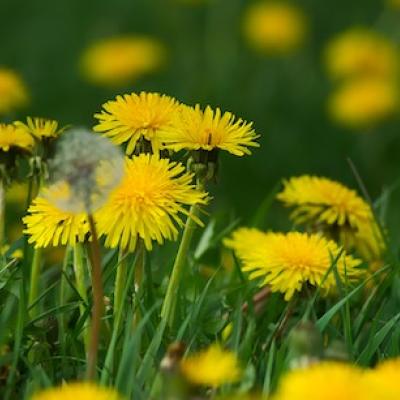
Dandelions are easily recognized by their bright yellow flowers, which turn into white puffballs of seeds. They have deep taproots, making them difficult to remove completely once they’ve taken root. Dandelions can invade lawns with poor soil and inconsistent maintenance.
- Control Tip: Hand-pull dandelions before they go to seed, ensuring you remove the entire root. For larger infestations, use a selective herbicide targeted for broadleaf weeds.
Clover

Clover is another common weed in Texas lawns. While some may appreciate its nitrogen-fixing benefits, it can spread rapidly and outcompete grass. Clover grows in compact, low-growing patches and tends to thrive in under-fertilized lawns.
- Control Tip: Maintain proper fertilization to keep your lawn strong and healthy, as clover often appears in nitrogen-deficient soil. Spot treat with a broadleaf herbicide if necessary.
Spurge
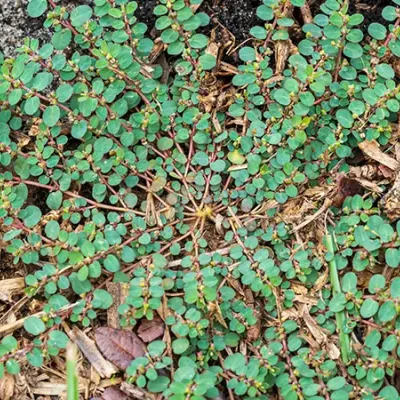
Spurge is a fast-growing weed that spreads close to the ground. It typically invades thin or bare spots in the lawn and can quickly take over if left unchecked. Spurge is identified by its reddish stems and small leaves, and it often produces a milky sap when cut.
- Control Tip: Prevent spurge by overseeding bare patches and keeping your lawn dense. Use a pre-emergent herbicide in early spring or summer to stop seeds from germinating.
Nutgrass (Nutsedge)

Nutgrass, also known as nutsedge, is a perennial weed with grass-like leaves that grow upright. It thrives in wet, poorly-drained areas and can spread through underground tubers, making it tough to eliminate.
- Control Tip: Improve lawn drainage to reduce the likelihood of nutgrass taking root. For persistent nutgrass, use a specific herbicide that targets sedges.
Henbit
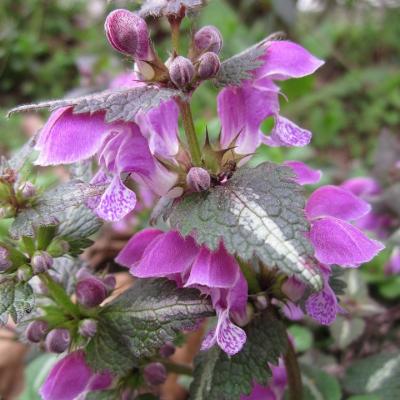
Henbit is a winter annual weed that typically appears in early spring. It has square stems, small purple flowers, and grows in clumps, making it highly noticeable when it invades your lawn.
- Control Tip: Mow your lawn regularly to prevent henbit from seeding. Pre-emergent herbicides in the fall can stop the weed from establishing, and hand-pulling can be effective for smaller infestations.
Broadleaf Plantain
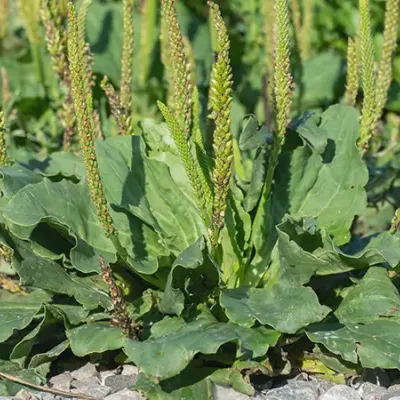
This weed is recognizable by its broad, flat leaves that form rosette patterns. Broadleaf plantain thrives in compacted soil and can be hard to eliminate once it establishes itself. Its wide leaves can smother surrounding grass.
- Control Tip: Aerating your lawn and improving soil quality can discourage broadleaf plantain. Use a broadleaf weed killer for established infestations.
Chickweed
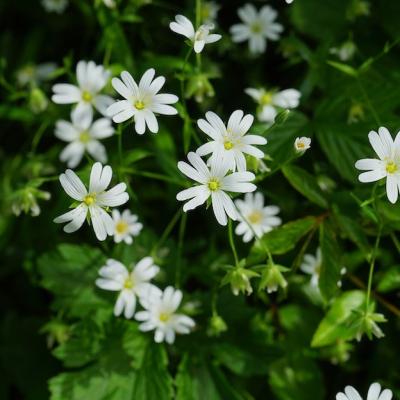
Chickweed is a cool-season annual that grows in mats and spreads rapidly across lawns. Its small white flowers and creeping stems can quickly choke out your grass, especially in shady or moist areas.
- Control Tip: Regular mowing and overseeding can help prevent chickweed from taking over. Apply a post-emergent herbicide in early spring or fall when chickweed is actively growing.
Don’t Go At It Alone! Get Professional Weed Control Today
Maintaining a weed-free lawn in Texas requires consistent lawn care practices such as proper mowing, watering, and fertilization. Applying pre-emergent herbicides in early spring and fall can also be an effective strategy in preventing many of these common weeds from taking root. By staying proactive, you can keep these invasive plants from overwhelming your lawn and enjoy a beautiful, lush yard year-round.
If you are dealing with stubborn weeds, reach out to the professionals at LawnLab in Texas for customized weed control solutions to keep your grass healthy and weed-free!
